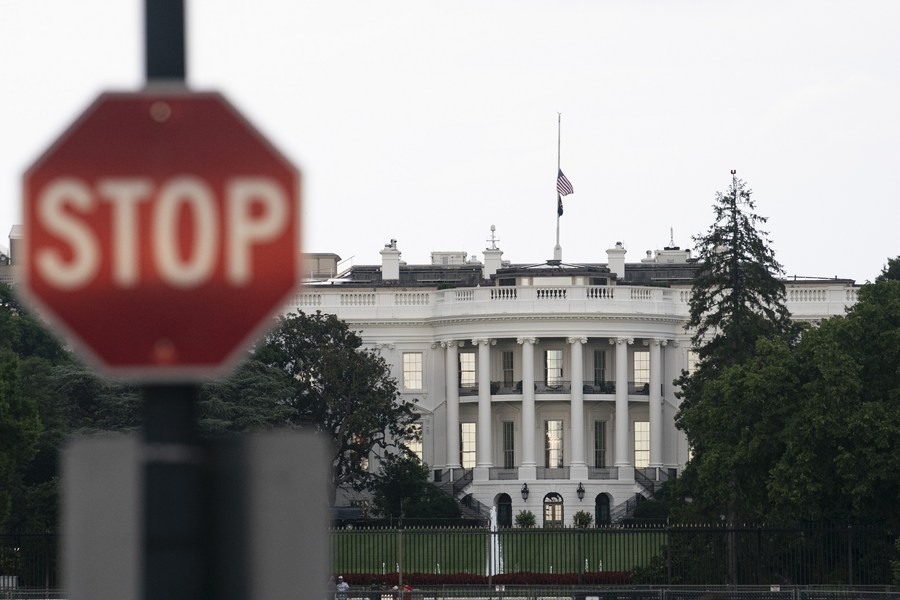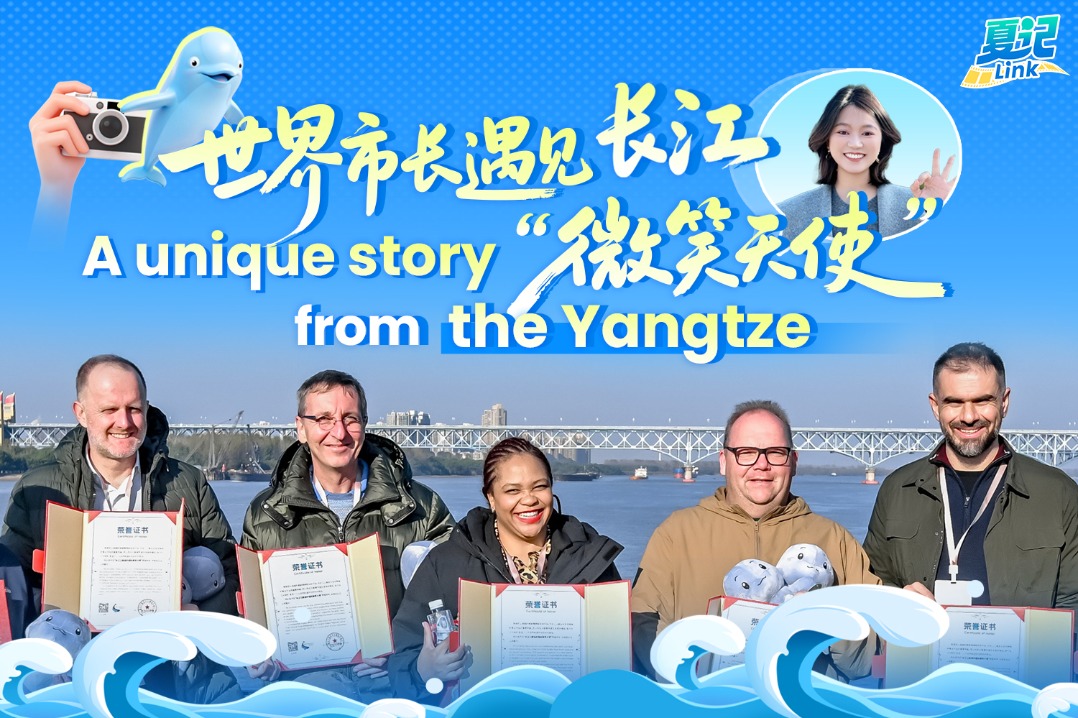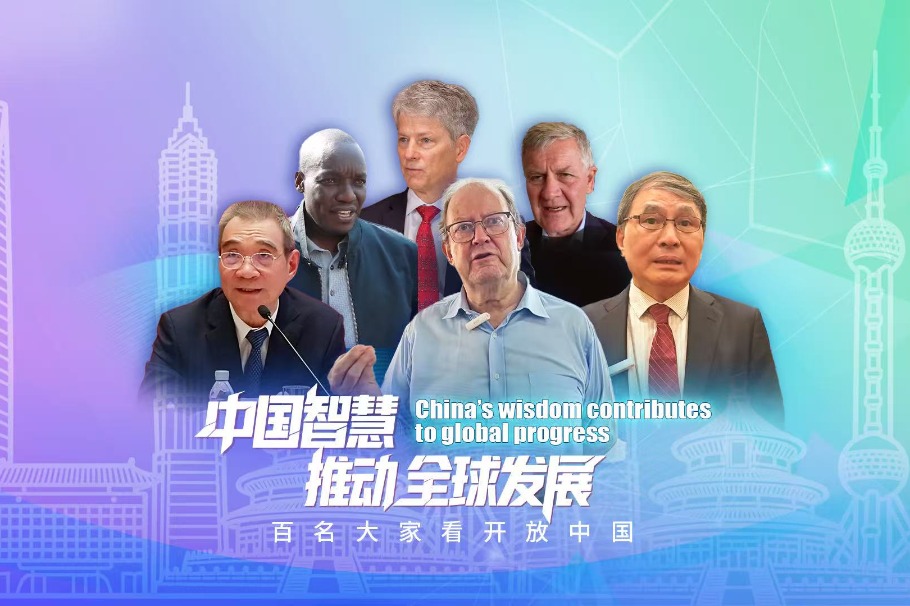Experts: US scheme smells of containment
By YIFAN XU in Washington | China Daily Global | Updated: 2023-07-18 06:54

'Indo-Pacific' strategy expected to raise geopolitical friction and economic costs
Foreign policy experts said the US "Indo-Pacific" strategy "smells of containment and encirclement" and targets China by defining the bilateral relationship as a security competition.
"It will necessarily create friction, geopolitical friction, which will have an economic cost," Sourabh Gupta, a senior fellow at the Washington-based Institute for China-America Studies, or ICAS, told China Daily.
The term "Indo-Pacific" gained significant attention when it was mentioned in a joint statement by Indian Prime Minister Narendra Modi and then-US president Donald Trump following Modi's visit to the White House on June 26, 2017.
Since then, the term has prominently appeared in high-level strategic documents during the Trump administration.
In 2019, the US State Department published a document outlining the concept of a "Free and Open Indo-Pacific", aiming to foster collaboration among members of "the QUAD" — a partnership of four Asia-Pacific countries led by the United States, along with Australia, India and Japan.
In February 2022, the administration of US President Joe Biden released a strategic report specifically focused on Asia-Pacific. The report marked the first strategic assessment of the region under Biden's leadership.
The report made clear the US intentions concerning China, reflecting Washington's aim to influence the region's strategic landscape. China sees the "Indo-Pacific" strategy as a US-led containment strategy.
"The US' 'Indo-Pacific' strategy seeks to gang up to form exclusive blocs, stir up confrontation and undermine regional integration," Qin Gang, China's foreign minister, said at a news conference in March.
Gupta said China's assessment is "completely accurate".
"The purpose of the strategy is to basically join the Indian Ocean and the Pacific Ocean into one theater and thereafter try to find ways to encircle China using the countries on the periphery," he said.
Because of the "containment" and "encirclement", to some extent, money gets diverted toward military modernization and military competition rather than economic development, Gupta said.
In Gupta's analysis, the US and Japan are very mature economies and are not growing that fast anymore. But if the competition is no longer economic, but military, those with an interest in economic cooperation must divert their resources to military competition, he said, adding they will relatively suffer more.
"Therefore, I think it's basically the developing countries of the Asia-Pacific region that will largely face the brunt of this economic cost from this geopolitical strategy."
Michael Swaine, a senior fellow at the Carnegie Endowment for International Peace, criticized Trump's "Indo-Pacific" strategy in a 2018 article titled "Creating an Unstable Asia: The US 'Free and Open Indo-Pacific' Strategy" when the scheme had just taken shape.
Zero-sum competition
He wrote that the strategy would "likely provoke China, alarm other Asian nations, and drive the region into a tense, zero-sum competition".
"Such a confrontational posture risks a pointless Cold War with Beijing," Swaine wrote.
Jack Midgley, the principal of global consultancy Midgley & Co, told China Daily that the basic strategic mistake the US government is making is to define the relationship with China as a security competition. "Once you do that, then either one side wins, or the other side wins," he said.
Midgley said the eastward expansion of NATO led to the conflict in Ukraine. "I hope that we will avoid the mistake of doing this in the South Pacific," he said.
Gupta stressed that the US is using technological strategy and technological competition as key tools of its "Indo-Pacific" strategy and competition with China because China is rapidly rising up the technological ranks.
He cited the example of an outbound investment screening mechanism that the Biden administration is preparing to build up.
Seen as "reverse CFIUS" (the Committee on Foreign Investment in the United States), outbound investment screening is "unique in American history", Gupta said.
As the US National Security Adviser Jake Sullivan explained in a speech in April this year at Brookings Institution, the Biden administration is "making progress in addressing outbound investments in sensitive technologies with a core national security nexus".
"These are tailored measures; they are not, as Beijing says, a technology blockade," he said.
But Gupta said the purpose of outbound investment screening is to place blocks on certain investments in particular technologies and sectors; the restraints will be directed toward China.
Gupta also mentioned the "Chinese military-linked companies list" released by the US Department of Defense to restrict the investment of US enterprises or persons, and the Entity List, which restricts trade with certain foreign persons, entities and governments, through export controls. The list is maintained by the US Department of Commerce's Bureau of Industry and Security.
"The purpose out here is to suppress China's technological rise," he said.
Gupta said that most countries in the US-defined "Indo-Pacific" region would like to pivot the conversation to the economic side because they see a horizon of opportunity, while the US is trying to "gang these folks up" and make it into a military competition.
yifanxu@chinadailyusa.com
























